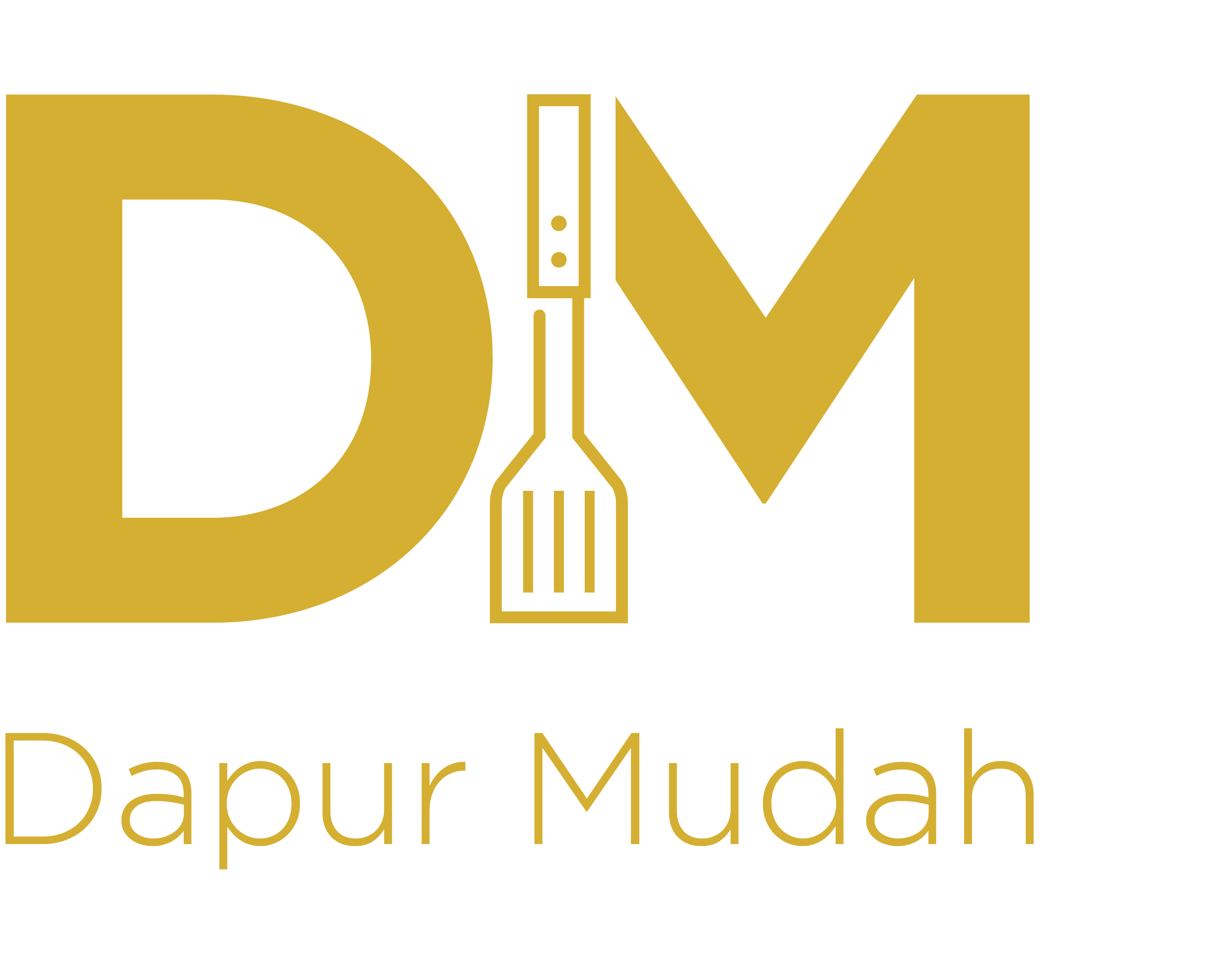Malaysia, a melting pot of diverse cultures, is renowned for its rich culinary heritage. From bustling wet markets to street vendors, the country offers a tantalizing array of local delicacies that reflect its unique history and multicultural influences. In this article, we take a journey from market to plate to uncover some of Malaysia’s most beloved dishes, highlighting the ingredients, preparation methods, and cultural significance behind each bite.
The Vibrant Markets
Malaysia’s local markets, or pasar, are a hub of activity and a feast for the senses. These markets are not just places to shop for fresh produce; they are where the essence of Malaysian cuisine comes alive. Here, you’ll find an abundance of vibrant fruits, vegetables, spices, meats, and seafood that serve as the foundation for many of the country’s iconic dishes.
In the markets, the air is filled with the aroma of sizzling street food and the colorful display of tropical fruits like durian, rambutan, and papaya. Spices such as turmeric, ginger, lemongrass, and chilies are used liberally, infusing each dish with layers of flavor. The markets are also home to vendors selling prepared snacks like karipap (crispy curry puffs), kuih (traditional cakes), and nasi lemak (coconut rice with sambal).
Iconic Malaysian Delicacies
Laksa
A quintessential Malaysian dish, laksa is a flavorful noodle soup that comes in various regional variations. In the northern states, you’ll find laksa lemak, a rich, coconut-based soup with a spicy kick. The Penang version, asam laksa, uses a tamarind-based broth with mackerel, making it tangy and refreshing. Both versions are packed with bold flavors from the aromatic herbs and spices that are often ground into a paste, providing a depth of taste that reflects Malaysia’s culinary complexity.
Char Kway Teow
This stir-fried noodle dish is a true comfort food in Malaysia. Made with flat rice noodles, char kway teow is fried in a wok with prawns, eggs, bean sprouts, Chinese sausage, and cockles, all flavored with soy sauce and chili. The dish is typically cooked over high heat, creating a smoky, charred flavor that gives it its distinctive taste.
Nasi Lemak
Considered Malaysia’s national dish, nasi lemak is a fragrant coconut rice served with sambal (spicy chili paste), fried anchovies, peanuts, and a hard-boiled egg. Often enjoyed for breakfast, it’s a dish that embodies the balance of savory, spicy, and creamy flavors. This humble yet satisfying meal can also be enjoyed with a variety of additions such as fried chicken, cucumber, or rendang (slow-cooked beef in a spiced coconut sauce).
Satay
A popular street food, satay consists of skewers of marinated meat, typically chicken or beef, grilled over an open flame. Served with a rich peanut sauce, satay is a perfect balance of smoky, savory, and slightly sweet flavors. Often accompanied by a serving of rice cakes, it’s a dish that highlights Malaysia’s mastery of grilling and marination.
Roti Canai
A type of Indian-influenced flatbread, roti canai is a versatile dish enjoyed by Malaysians for breakfast, lunch, or dinner. This crispy, flaky flatbread is typically served with dhal (lentil curry), chicken curry, or sugar for a sweet twist. The dish’s history traces back to the Indian Muslim community, known as mamasans, who introduced it to the local food scene.
From Market to Plate: The Process
The journey from market to plate is an essential part of understanding Malaysia’s culinary culture. At the heart of every great dish is the careful selection of fresh ingredients. Whether it’s the fragrant pandan leaves used to infuse rice with flavor or the fiery bird’s eye chilies that bring heat to a dish, the importance of fresh, local produce cannot be overstated.
In Malaysia, many of these ingredients are sourced from local farmers, fishermen, and vendors. Markets such as the famous Central Market in Kuala Lumpur and the Chowrasta Market in Penang offer a wide array of fresh produce, where cooks and chefs hand-pick the finest ingredients to bring their culinary creations to life.
Once the ingredients are gathered, the art of cooking comes into play. Malaysian cooking often involves intricate techniques such as slow-braising, stir-frying, and steaming, which are passed down through generations. The balance of flavors—sweet, salty, sour, and spicy—is a hallmark of Malaysian cuisine, and chefs pay close attention to this harmony to ensure that every dish is perfectly balanced.
Celebrating Malaysia’s Culinary Diversity
What makes Malaysian cuisine so special is its diversity. The fusion of Malay, Chinese, Indian, and indigenous influences has given rise to a cuisine that is both complex and comforting, with dishes that cater to every taste and preference. From the sambal that adds heat to the rendang that offers a tender, flavorful bite, each dish tells a story of the country’s rich history and cultural exchanges.
In every corner of Malaysia, whether in urban centers or rural villages, the love for food is evident. The diverse range of delicacies offers a window into the soul of the nation, where every meal is a celebration of tradition, flavor, and the joy of sharing a good meal.
Conclusion
From the colorful markets brimming with fresh ingredients to the sizzling street food stalls, Malaysia’s local delicacies offer an unforgettable culinary experience. Whether you’re enjoying a bowl of laksa, savoring a plate of nasi lemak, or indulging in a sweet kuih, each dish is a testament to the country’s rich cultural heritage. So, the next time you visit Malaysia, take the time to explore its vibrant markets and savor the diverse flavors that make its cuisine truly one-of-a-kind.


